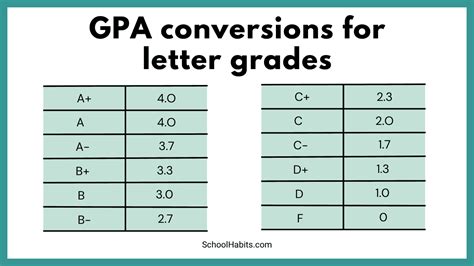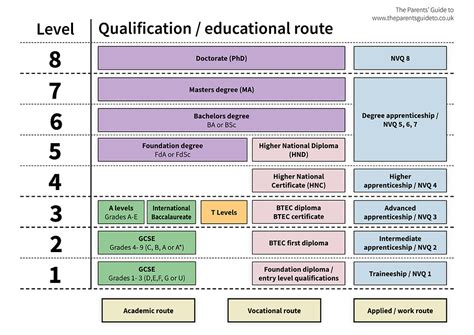Education is the key to unlocking countless opportunities in life. It empowers individuals to acquire knowledge, skills, and values that prepare them for personal growth and societal success. Understanding the different education levels is crucial for making informed decisions about your educational journey.

Types of Education Levels
Education levels are typically divided into several categories, each with its unique characteristics and requirements:
- Primary Education (Elementary School)
- Typically spans from grades 1 through 5 or 6
- Provides a foundational education in core academic subjects (e.g., reading, writing, math, science)
-
Develops basic literacy, numeracy, and problem-solving skills
-
Secondary Education (Middle School and High School)
- Covers grades 6 through 8 (middle school) and 9 through 12 (high school)
- Expands on primary education by introducing more advanced subjects (e.g., algebra, geometry, history, foreign languages)
-
Prepares students for higher education or entry into the workforce
-
Tertiary Education (Post-Secondary Education)
- Includes institutions such as colleges, universities, and technical schools
- Offers a wide range of undergraduate (bachelor’s) and graduate (master’s, doctorate) programs
-
Provides specialized knowledge and skills in various fields (e.g., business, engineering, medicine)
-
Lifelong Learning
- Includes any educational activities pursued after formal schooling
- Aims to enhance knowledge, skills, and employability throughout one’s life
- May take the form of workshops, certifications, online courses, or other non-traditional learning methods
Importance and Benefits of Education
Education plays a pivotal role in shaping individuals’ lives and society as a whole. Its benefits are far-reaching and include:
- Enhanced Cognitive Function: Education stimulates critical thinking, problem-solving, and analytical abilities.
- Improved Career Prospects: Higher education levels correlate with increased job opportunities, earning potential, and career advancement.
- Civic Responsibility: Education fosters informed decision-making, civic engagement, and a sense of community.
- Increased Health and Well-being: Education promotes healthy habits, access to information, and overall well-being.
- Social Mobility: Education provides a pathway for individuals to break the cycle of poverty and improve their socioeconomic status.
Global Education Statistics
According to the United Nations Educational, Scientific and Cultural Organization (UNESCO), the global literacy rate stood at 86.3% in 2020. However, significant disparities exist across regions:
| Region | Literacy Rate |
|---|---|
| North America | 99.2% |
| Europe and Central Asia | 99.2% |
| East Asia and the Pacific | 99.1% |
| South and West Asia | 74.4% |
| Sub-Saharan Africa | 70.1% |
| Latin America and the Caribbean | 93.4% |
Pain Points and Motivations in Education
Despite the recognized importance of education, several challenges and barriers exist:
- Inequality of Access: Economic disparities and geographical barriers limit access to quality education for many individuals.
- Curriculum Misalignment: In some cases, education systems fail to adequately prepare students for the skills and knowledge required in the modern workforce.
- Lack of Motivation: Students may lose interest in education due to factors such as boredom, low self-esteem, or lack of guidance.
To address these challenges, educators and policymakers are exploring innovative solutions, such as:
- Technology Integration: Using technology to enhance engagement, provide personalized learning experiences, and bridge geographical gaps.
- Curriculum Reform: Revising curricula to align with current and future job market demands.
- Student Support: Implementing mentoring programs, providing financial assistance, and addressing mental health concerns to support students’ academic and personal growth.
Tips and Tricks for Success
Navigating the education system can be a daunting task, but following these practical tips can help you maximize your success:
- Set Realistic Goals: Break down your educational journey into manageable chunks to keep motivation high.
- Seek Support: Reach out to teachers, mentors, or peers for guidance and encouragement.
- Prioritize Learning: Dedicate sufficient time for studying, completing assignments, and engaging in class discussions.
- Develop Effective Study Habits: Experiment with different study techniques to find what works best for you.
- Embrace Technology: Utilize online resources, virtual tutoring, and educational apps to enhance your learning experience.
- Reflect on Your Progress: Regularly evaluate your understanding and seek feedback to identify areas for improvement.
Conclusion
Education level meaning encompasses the various stages of formal education and the lifelong pursuit of knowledge. Understanding the different levels, importance, and challenges of education empowers individuals to make informed choices about their educational path. By addressing pain points, harnessing motivations, and implementing innovative solutions, we can create an equitable and accessible education system that unlocks the full potential of every individual. Embrace education as a lifelong journey of discovery, empowerment, and societal advancement.
